Need for Bionic Systems
People have always have a craze towards fitness and sports. Ultimately it has lead to the development of sports and several sports are played at international level. It provides entertainment for fans and gives out the importance of physical activities. The tragic part is that some people lose their limbs in accidents and have to lead their life with many difficulties. But Engineers had innovated a new technology known as bionic systems that are artificial/ biological transforms of electro-mechanical systems designed in order to regain their original functionalities.

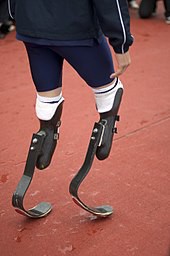
Oscar Pistorious a notable Olympian who made the headlines during the 2012 London Olympics. His both legs were amputed when he was 11 months old. But with the help of prosthetic legs he has achieved greater heights. He won gold in Paralympics held from 2004 to 2012. He achieved a huge milestone by becoming the first amputee to win a non-disabled world track medal. At the 2012 Summer Olympics, Pistorius became the first double-leg amputee to participate in the Olympics. Such has been the influence of prosthetics by making disabled people to lead their life like other normal people.
He has set a benchmark in this world that disabled athletes can take part not only in Paralympics but also in normal Olympics just like Oscar by using bionics.
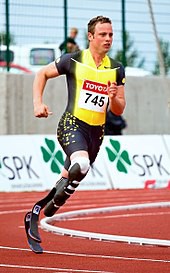
Disadvantages
Since its development people have raised lot of doubts regarding its functionality that these bionic systems could help people will it make the player regain his original abilities or boost with artificial technologies that makes them even better than normal individuals such as giving extra thrust during play. This has been a great issue in recent days and people need to know the exact capacity of the players.
The major disadvantage of these systems are they are either developed with an hydraulic system or a micro-controller based system with motorized control that imparts artificial pressure than normal leg. It also provides stress on the knee joints during the long run that makes uncomfortable for the athletes to wear it for a prolonged period. Moreover they are costly as they are manufactured using carbon fiber.
Proposed Solution
We are developing a 60$ bionic leg fused with smart system that comprises of micro-controller and sensors to monitor the performance instantly. Instead of using high cost carbon fibre we are using silicon rubber as an alternative that has almost similar characteristics of light weight and great strength. This silicon rubber is made into a mold for housing the knee joint(amputated region). The bottom portion of this joint is connected to a shoe by means of a industrial grade steel rod. A flexible joint is provided in between the rod and the silicon rubber mold regulating movements with ease. The hollow cylindrical stainless steel section provides good strength and rigidity to athletes performance. Although it adds weight to the whole system we have reduced it by 75% by making it hollow and reducing its thickness as much as possible.
We are also using a accelerometer and flex sensor that are attached to particle photon that transmits data wirelessly to cloud or mobile app for easy visualization of data. Since both the legs will have same properties they are mirror image of another one. First we will measure the activities such as aceleration and flexibility during various events such as walking, running, jogging etc,. by attaching the module to normal leg. It will be attached to the bionic leg after testing it with normal leg. And using these parameters the player will train to imitate the normal leg. Flex sensor will make sure that the flexible joint will not move further after measuring the limits from normal leg.
This will bring back their original experience that was before losing their leg and helps them to train much better.
 PremJ20
PremJ20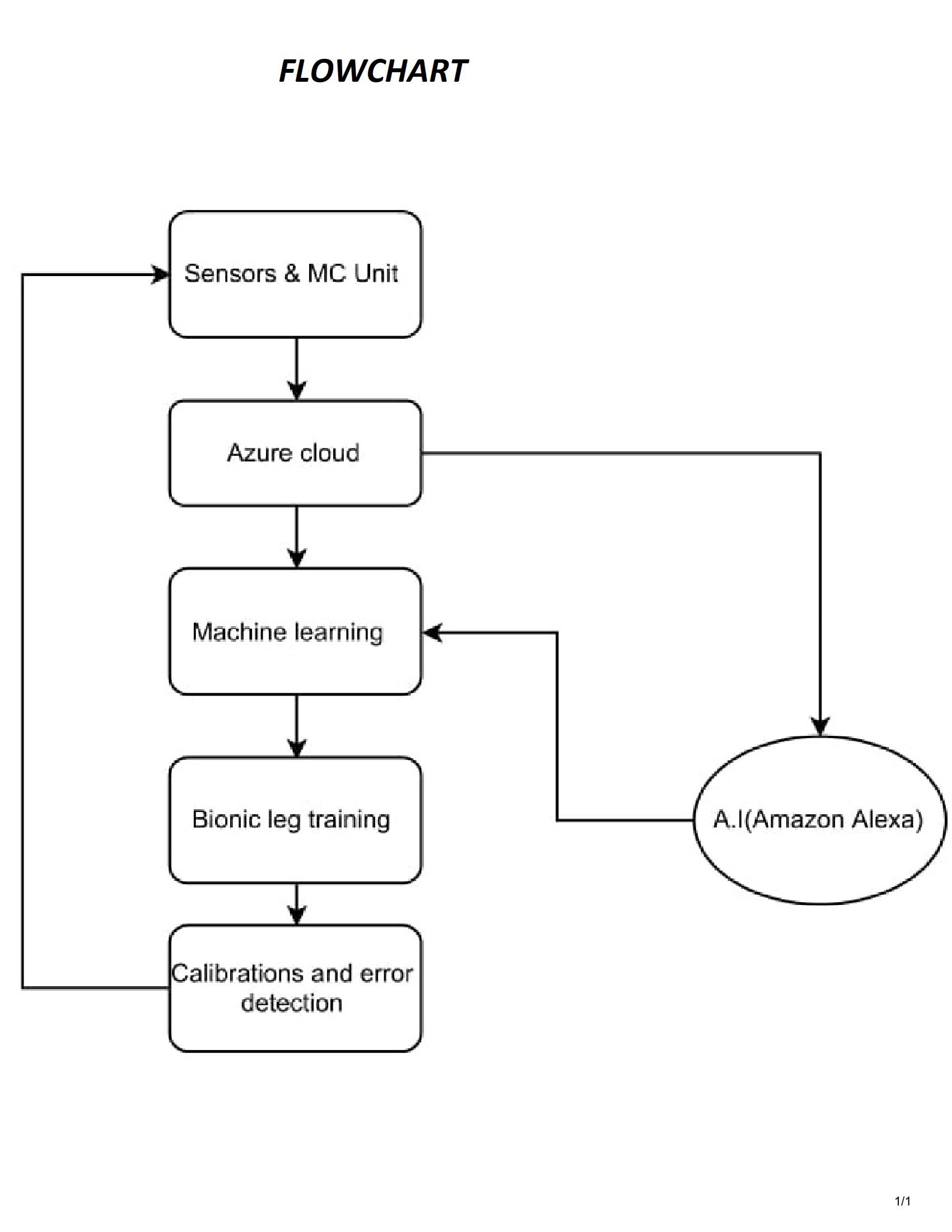






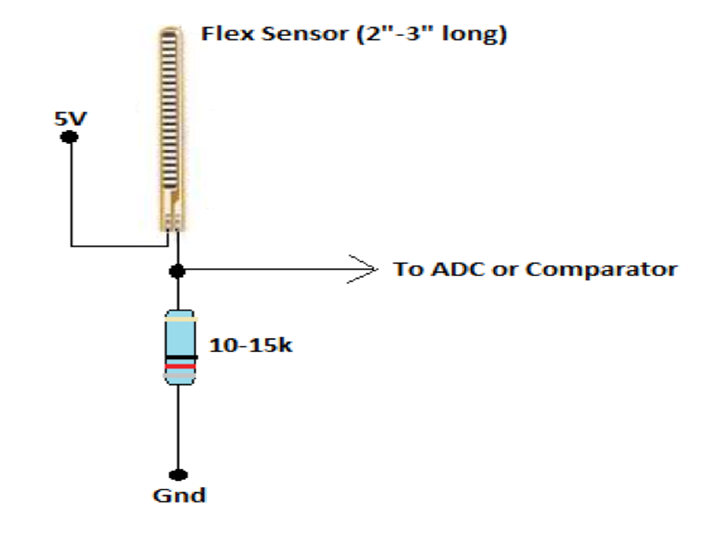 Flex sensor circuit
Flex sensor circuit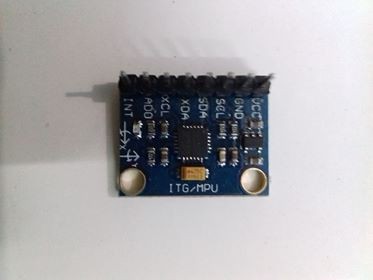
 ADXL 335 circuit diagram
ADXL 335 circuit diagram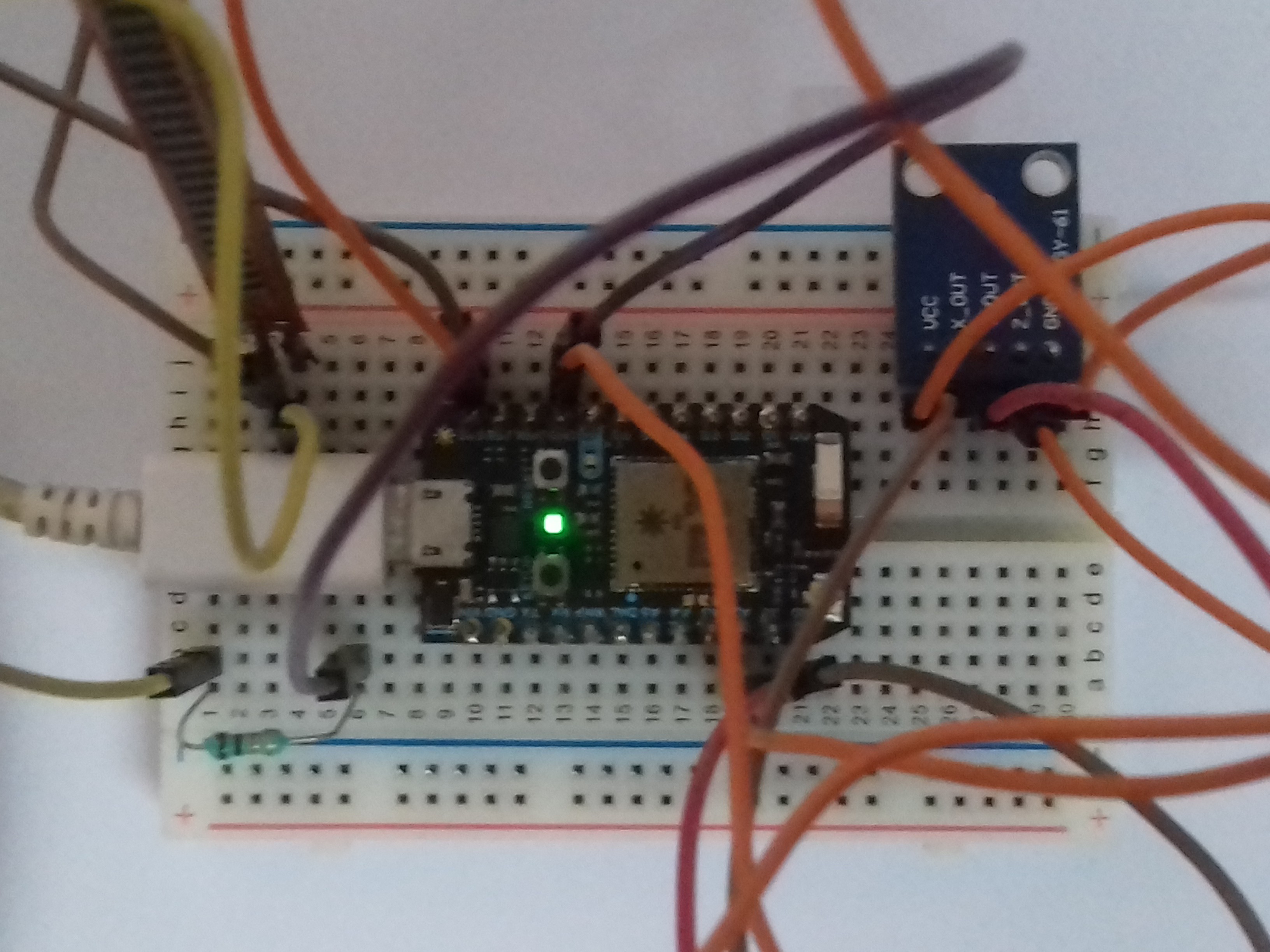
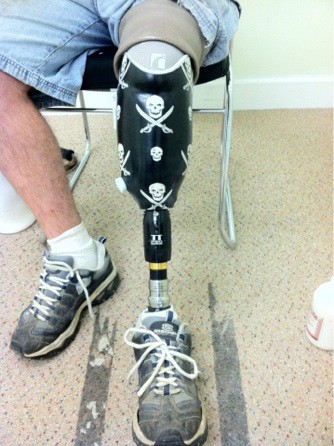
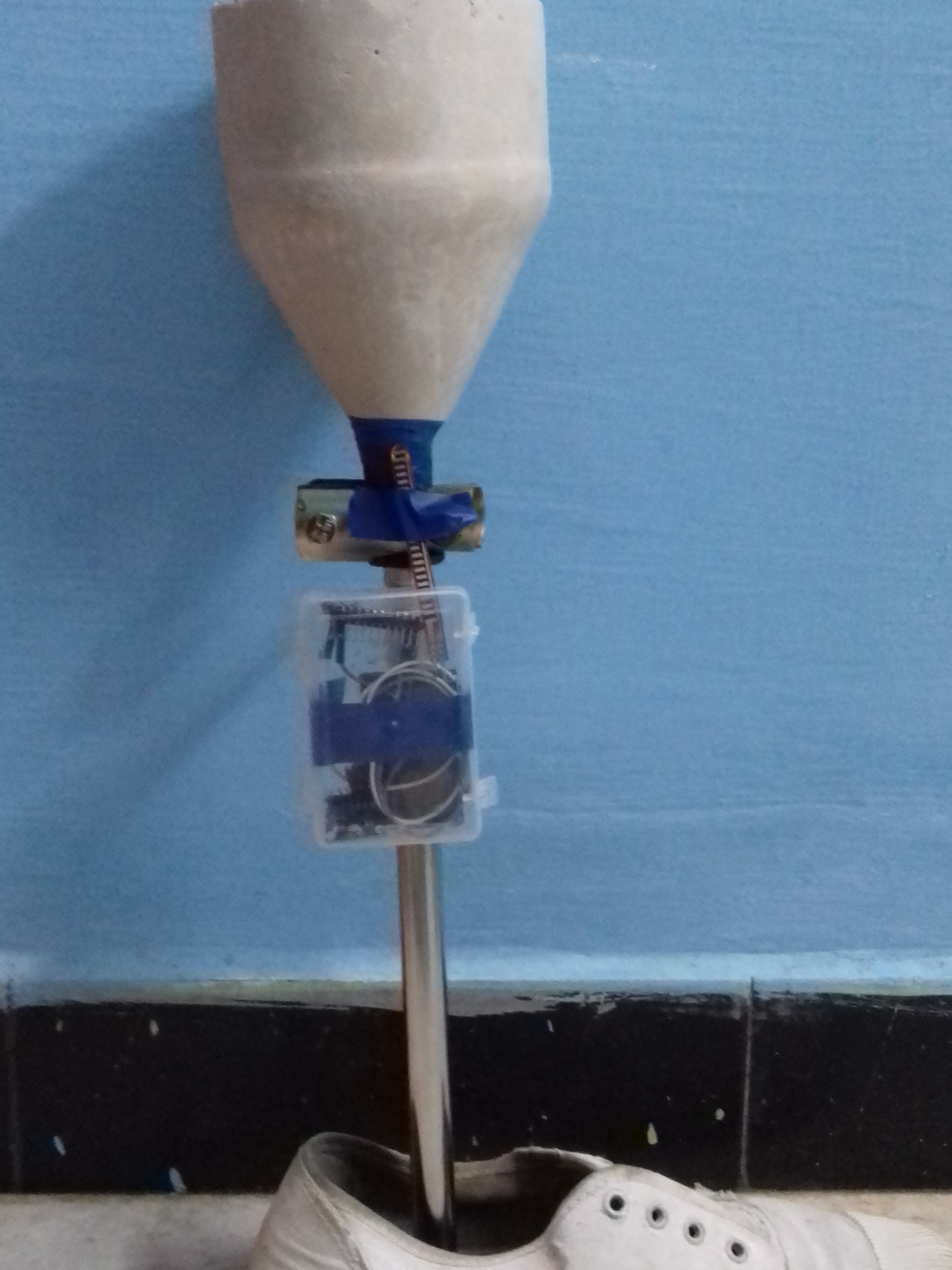
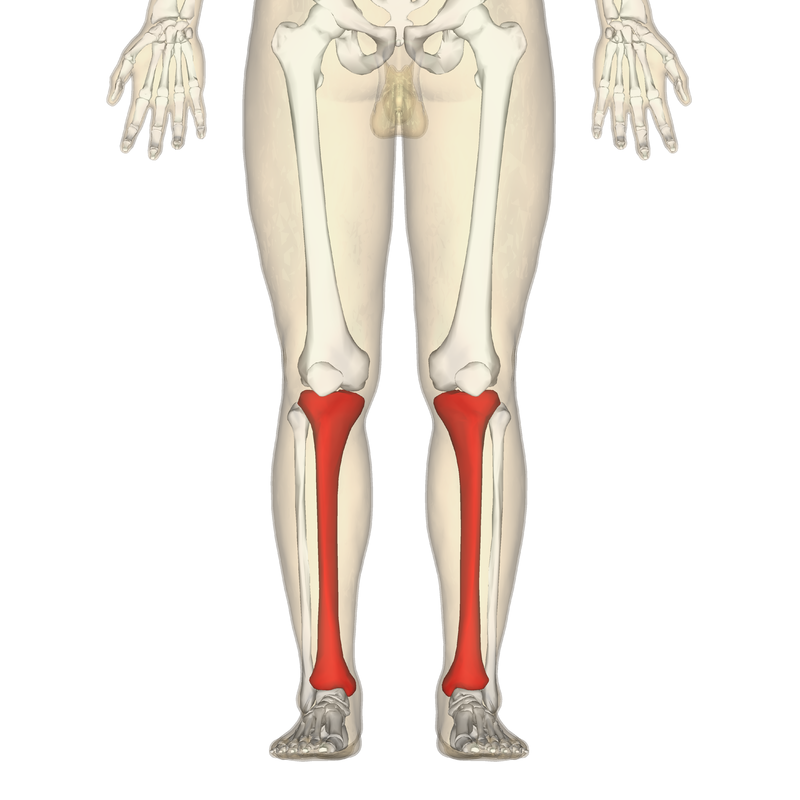
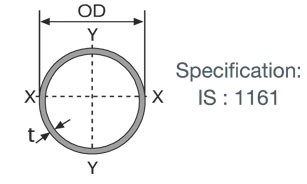
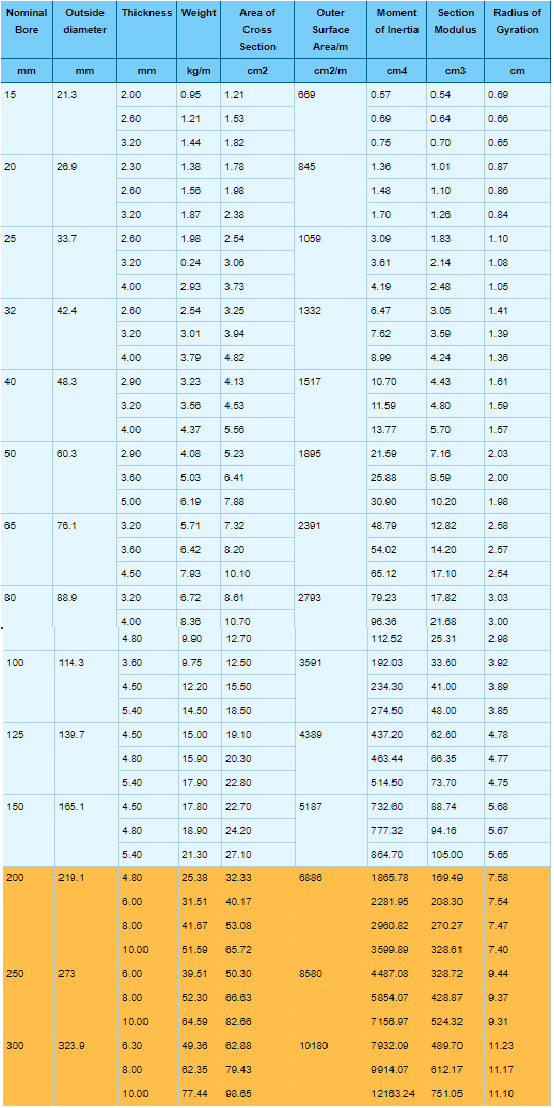
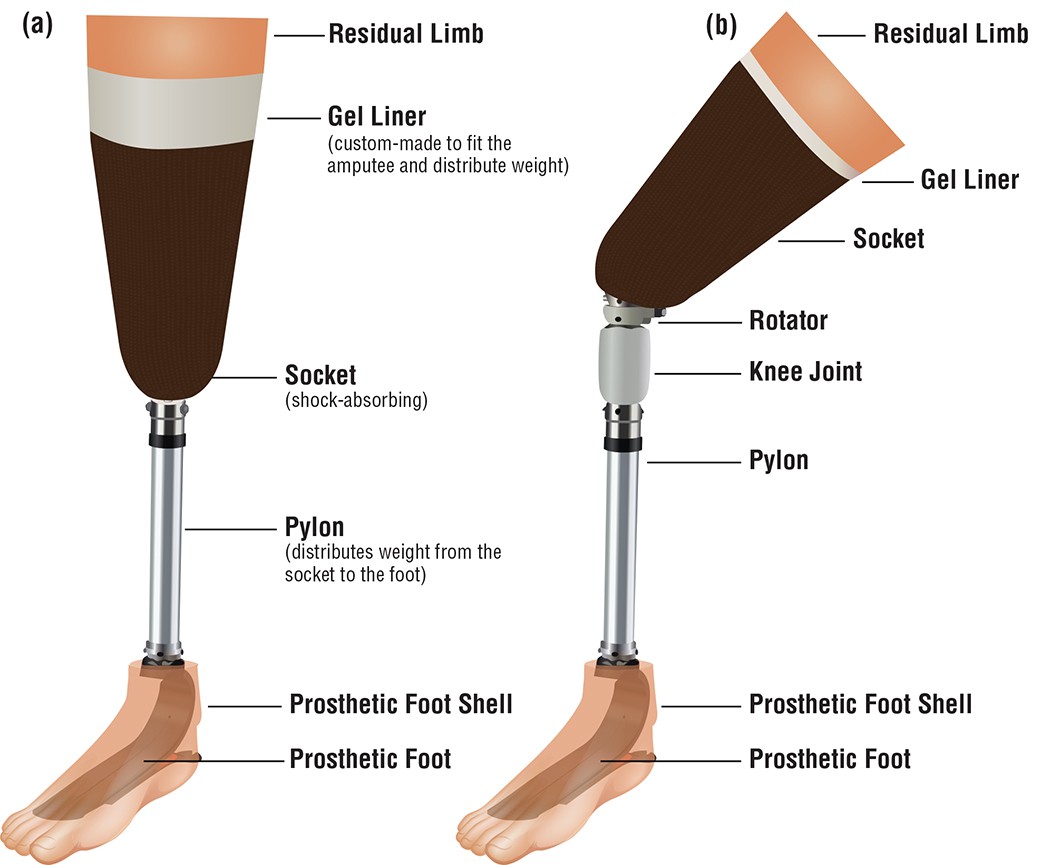
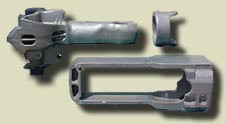
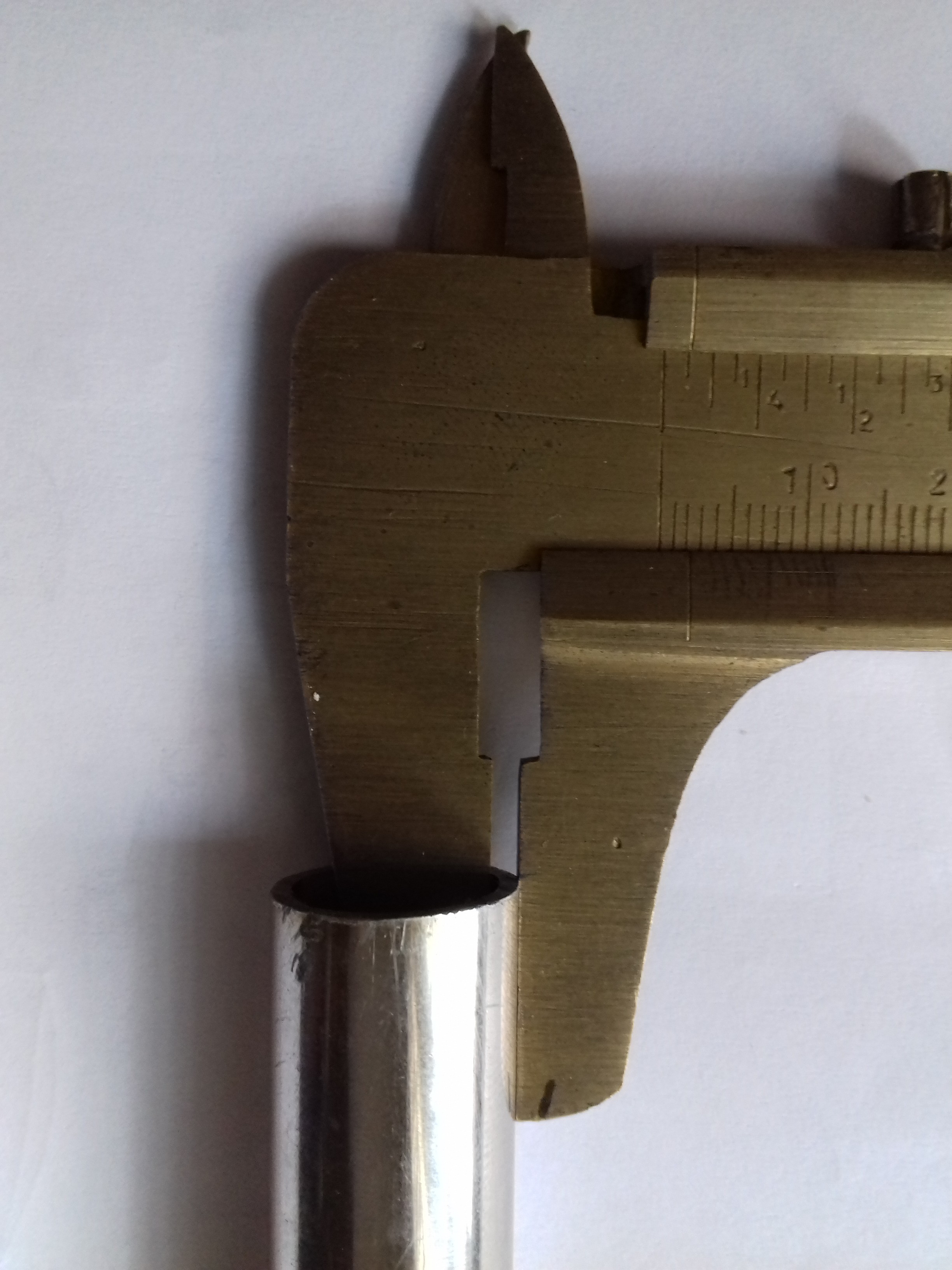
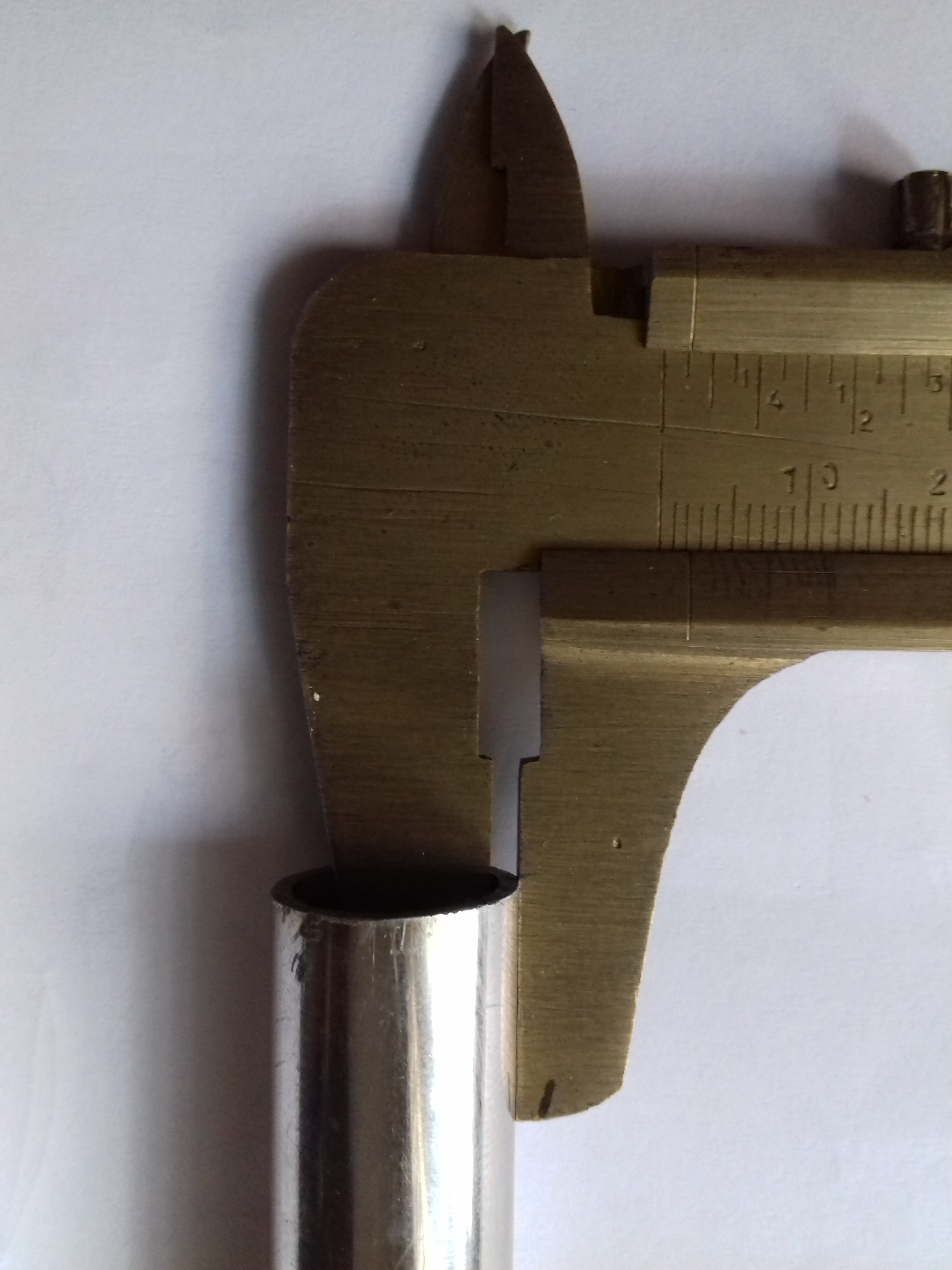
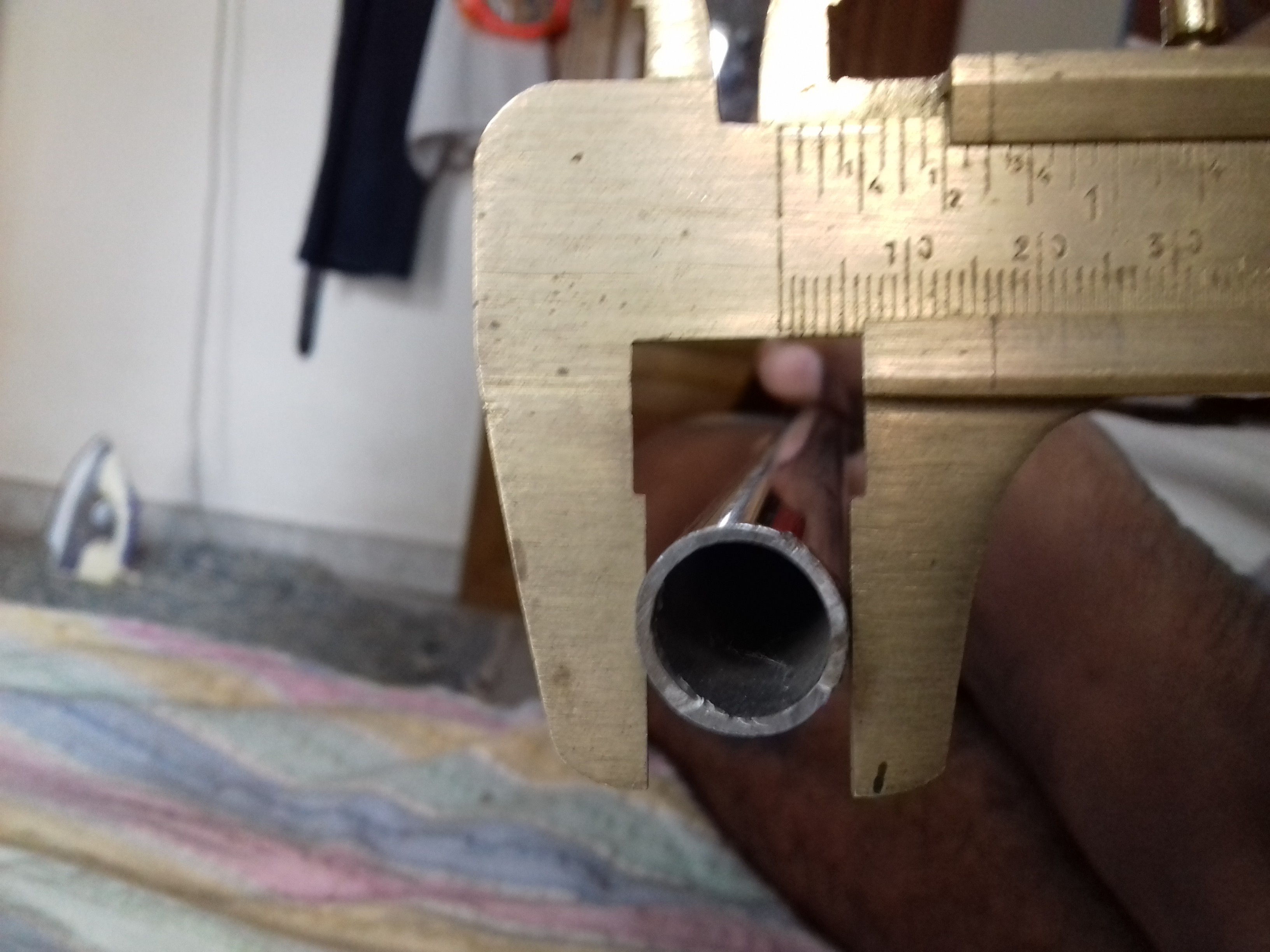
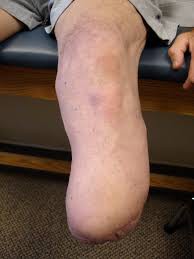
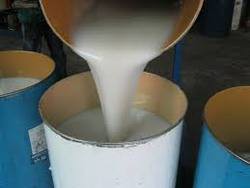
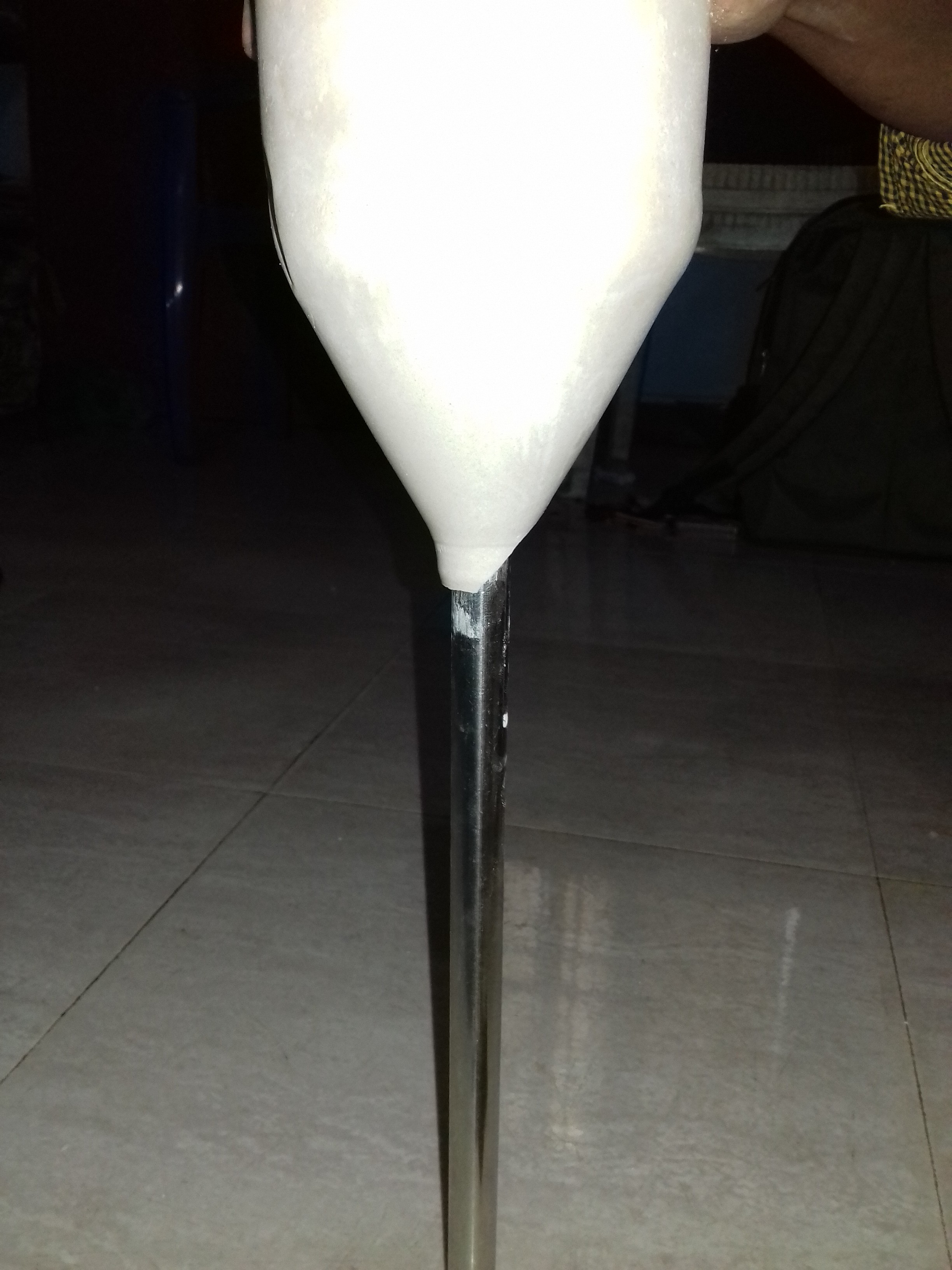


A very interesting project you have here, I like it!